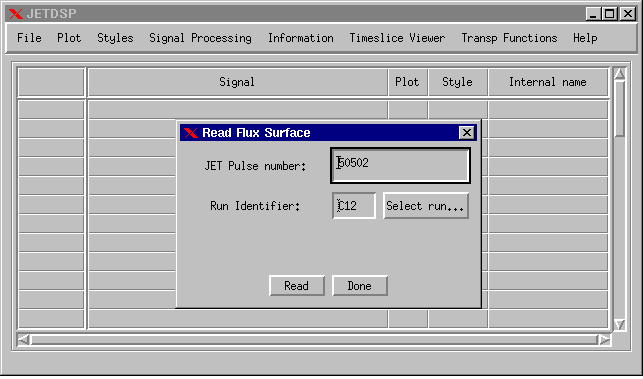

There are to simple alternatives for the initialization. The easiest way to improve the algorithm is to improve the initial choice, i.e. The result of clustering (and the actual number of necessary iteration) significantly depends on the initial choice of cluster centers. This procedure is initiated randomly and the result will be slightly different in every run. and keep iterating until none of the measurements changes its cluster in two successive iterations. Now compute new cluster centers by simply averaging all the measurements in each cluster.ĥ. Assign every measurement $x_i$ to the cluster represented by the closest cluster center $c_l$.Ĥ. Let's use the following indices: $i$ counts measurements, $i \in $ $j$ counts dimensions, $j \in $ $l$ counts clusters, $l \in $.Įach measurement in $n$-dimensional space is represented by a vector $x_i = \.$$ģ. It is essentially very similar (but not identical) to Lloyd's algorithm (aka Voronoi relaxation or interpolation used in computer sciences). The k-means method is extremely simple, rather robust and widely used in it numerous variants.
#IDL CONTOUR HOW TO#
The problem of clustering is a rather general one: If one has $m$ observations or measurements in $n$ dimensional space, how to identify $k$ clusters (classes, groups, types) of measurements and their centroids (representatives)?
#IDL CONTOUR CODE#
The method is validated using simulation snapshots of the quiet sun produced with the MANCHA code that I have been developing in the last couple of years. A deep fully convolutional neural network is trained on synthetic observations from 3D MHD simulations of the solar photosphere and then applied to the real observation with the IMaX instrument on board the SUNRISE balloon (Martinez Pillet et al, 2011 Solanki, 2010). Requerey (with a small contribution from my side) accepted by A&A and published on Arxiv some weeks ago ( 2017arXiv170305128A) this problem is tackled by the deep-learning approach. In a paper by Andres Asensio Ramos and Iker S. However, the LCT algorithm suffers from several limitations. It is based on comparing successive images of the solar surface in the continuum light and transforming their differences into information about the horizontal fields. The most popular method for estimating the horizontal velocities is so-called local correlation tracking (LCT, November & Simon, 1988).

On the other hand, the orthogonal ("horizontal") components of the velocity vector are impossible to measure directly. The line of sight velocities are coded in the wavelength shifts of the spectral lines, thanks to the Doppler effect, and relatively easy to measure. The velocity fields are of great importance for understanding dynamics and structure of the solar atmosphere. Postdoctoral researchers, with a strong interest in the computationalįluid dynamics and it applications astrophysics.įor further information and to register, please visit It isĪimed at advanced graduate students in astrophysics, as well as Including visits to the observatories in Tenerife and La Palma. The school will consist of lectures, seminars tutorials, and social events Sascha Husa (General relativity and compact objects) Maarit Käpylä (Dynamics of solar and stellar convection zones) Confirmed invited lecturers areįernando Moreno-Insertis (Fluid dynamics, conservation laws and waves)Īke Nordlund (Stellar and planetary formation) iTools give you many types of displays with a single command.Registration is now open for the XXXI Canary Islands Winter School ofĪstrophysics, which will be held this year in La Laguna, Tenerife, Spainįrom 19-28 November, on the topic of " Computational Fluid Dynamics inĪstrophysics". This object-oriented programming system has an assortment of premade tools that help you produce graphic representations of 2-D and 3-D plots (line, scatter, polar, and histogram), surface representations, contour maps, image displays, and volume visualizations. Version 6.0 of IDL introduces “intelligent tools” called iTools (not to be confused with Apple’s defunct iTools). The application uses a C-like programming language that offers hundreds of special functions for different kinds of data display you might call IDL “Adobe Photoshop for scientists.” For example, if you have seismic data to chart, you can elect to display it in as many as 20 global projections, using the program’s variety of built-in color tables. IDL stands for Interactive Data Language, a name that doesn’t really explain much.
#IDL CONTOUR FREE#
Version 6.0’s new iTools feature makes complex plotting easier for beginners, while the new, free IDL Virtual Machine lets nonusers customize display features.


 0 kommentar(er)
0 kommentar(er)
